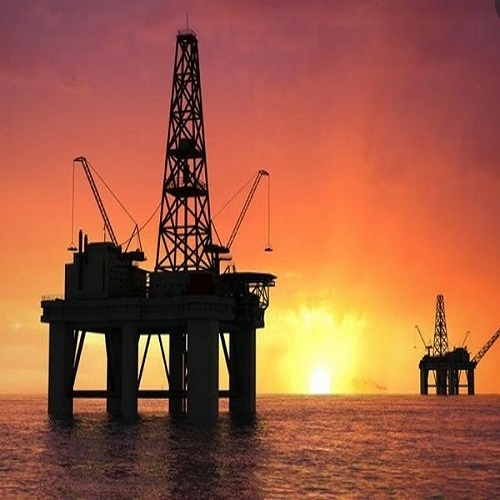New Delhi: In the intricate web of global oil dynamics, the spotlight is now firmly fixed on Asian oil demand growth as the Organization of the Petroleum Exporting Countries (OPEC+) manoeuvres to chart a supply roadmap amidst shifting market dynamics.
With non-OPEC supplies poised to fill potential voids left by extended production cuts, the oil landscape braces for continued evolution.
The recent decisions by OPEC+ and Russia to extend production cuts have provided a semblance of clarity in the near-term supply trajectory for global crude oil and Asian crude buyers are unlikely to face a supply squeeze as plentiful non-OPEC supplies are set to fill the potential void, trade sources and analysts told S&P Global Commodity Insights.
However, the muted market response to these developments underscores concerns regarding demand growth, particularly in Asia, which may not match the surge in overseas supply fueled by rising production in countries like the United States and Brazil.
Analysts at S&P Global note that despite anticipated increases in OPEC oil production in the third and fourth quarters of 2024, non-OPEC production growth continues to outpace OPEC growth.
This trend poses a challenge even as OPEC+ maintains curtailment efforts to support crude prices.
The decision by key OPEC+ members, including Saudi Arabia, Iraq, and the UAE, to uphold output curbs through June underscores their commitment to stabilizing the market.
Meanwhile, Russia’s adoption of a new formula to gradually convert export cuts into crude production cuts further underscores the alliance’s resolve to balance supply and demand.
Rajat Kapoor, managing director for oil and gas at Synergy Consulting, emphasizes the significance of non-OPEC production, particularly from the United States, in shaping global oil dynamics.
Kapoor said, “Even as OPEC+ continues to curtail production level to prop up crude prices, non-OPEC production is set to increase. The US production is one of key significance as it is now competing with the OPEC exporter as a swing producer and effectively managing prices.”
With countries like the US emerging as swing producers, the market faces an influx of new oil, reshaping traditional supply patterns and influencing prices.
The International Energy Agency’s projections highlight the substantial increase in global oil supplies, driven largely by key American producers.
As countries like the US, Brazil, Guyana, and Canada ramp up production, traditional markets once dominated by Middle Eastern suppliers witness a shift, leading to oversupply and subsequent price weakness.
Despite the OPEC+ production cuts, Asian crude buyers remain assured of a steady supply, with India’s significant preference for Russian crude offsetting any potential disruptions.
According to data from S&P Global, India significantly increased its imports of Russian crude to 1.2 million barrels per day (b/d) in 2023, marking an increase of more than 900,000 b/d compared to 2022.
Conversely, the country reduced its purchases of Middle Eastern crude by approximately 550,000 b/d to 2.14 million b/d last year.
The notable decrease in India’s imports of Persian Gulf crude in the previous year enabled several other major regional buyers to access abundant supplies of sour crude.
As a result, South Korea, the third-largest importer of crude in Asia, augmented its intake of Middle Eastern crude by an additional 100,000 b/d in 2023.
Furthermore, Thailand and Vietnam collectively imported 80,000 b/d more crude compared to the previous year, as per S&P Global’s analysis of official government trade data across Asia.
India’s strategic shift in crude imports, favouring Russian barrels over Persian Gulf crude, has provided regional buyers with ample sour crude supplies, thereby maintaining supply security.
Asian economies, buoyed by a stable macroeconomic outlook, are poised for moderate recovery, particularly in China and India.
While positive demand growth is anticipated in the first quarter, a seasonal lull is expected in the second quarter, highlighting the cyclicality of regional demand patterns.
As Asia navigates through evolving market dynamics, the resilience of its oil demand remains a key determinant in shaping global oil markets.
With a delicate balance between supply and demand, stakeholders closely monitor developments in the region, anticipating the next chapter in the ever-evolving oil saga.
(With inputs from ANI)












